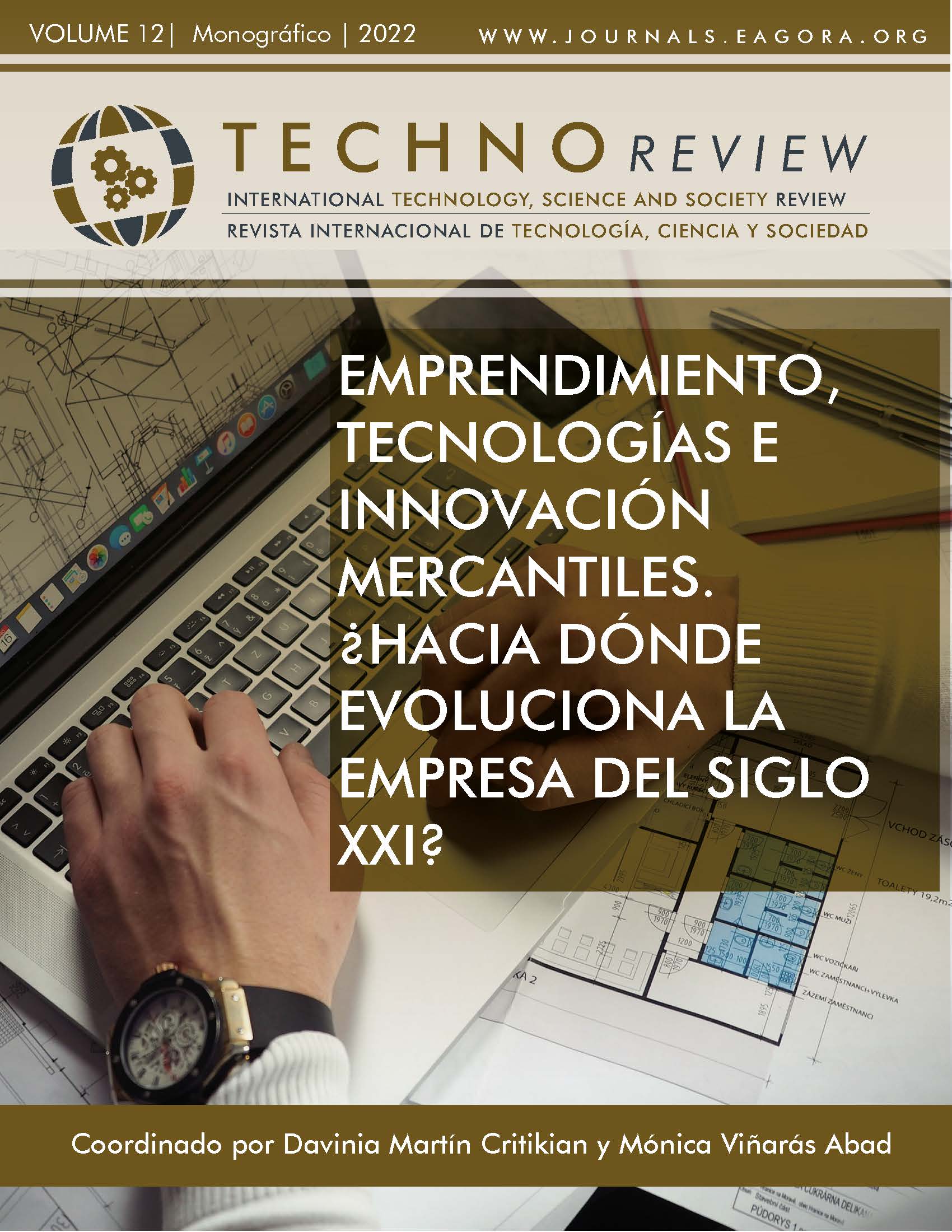Cinebot: more than just a robot, a laboratory
DOI:
https://doi.org/10.37467/revtechno.v11.4488Keywords:
Remote laboratories, Teaching, Physics, Kinematics, Off-site education, Covid-19, Electronics, Robotics, Arduino, Artificial vision, TICSAbstract
This work reports the design, construction and deployment of a mechatronic system, which, combined with a computer vision module, provides students and teachers with a tool to experience with concepts of kinematics of a particle throughout the usage of a robot, known as to Cinebot, which can be controlled from any smart device endowed with a stable internet connection. The methodology used for envisioning and developing the system was engineering design. The figure of merits of the prototype was evaluated under a linear motion scheme with constant speed (~0.10 m/s), showing errors between 0.08 and 3.2%.
References
Cerna, E. V. (2018). Engineering Desing Process [Diapositivas]. bionanouni. http://bionanouni.wdfiles.com/local--files/teaching-mec546-horario-2015i/EngineeringDesignProcess_Abr09.pdf
Chaves, A. (2017). La educación a distancia como respuesta a las necesidades educativas del siglo XXI. Academia y Virtualidad, 10(1), 23–41. DOI: https://doi.org/10.18359/ravi.2241
Dibarbora, C., Andreotti, J., & Gruszko, I. (2019). Computación en el profesorado de Física usando Scilab y Arduino™. Revista De Enseñanza De La Física, 31, 269–276. Recuperado a partir de https://revistas.unc.edu.ar/index.php/revistaEF/article/view/26559
Gómez, J. C. (2020). ¿Por qué los Sistemas de Gestión de Aprendizaje (SGA), no hacen clic en el usuario? Un acercamiento a los problemas metodológicos, técnicos y de acceso a las TIC de los usuarios. Recuperado de: http://hdl.handle.net/10654/36293.
Haik, Y., Sivaloganathan, S., & Shahin, T. (2017). Engineering Design Process (3.a ed.). Cengage Learning. https://books.google.com.ec/books
Herrera, D., Triana, K., & Mesa, W. (2020). Importancia de los laboratorios remotos y virtuales en la educación superior. ECBTI, 1(1).
Labsland. (25 de enero de 2022). ¿Qué es un laboratorio real? https://labsland.com/es/about
UNESCO. (2020). Sistemas educativos de América Latina en respuesta a la Covid-19: Continuidad educativa y evaluación; Análisis desde la evidencia del Laboratorio Latinoamericano de Evaluación de la Calidad de la Educación (LLECE). https://unesdoc.unesco.org/ark:/48223/pf0000374018
Vargas, J., Cuero, J., & Torres, C. (2020). Laboratorios Remotos e IOT una oportunidad para la formación en ciencias e ingeniería en tiempos del COVID19: Caso de Estudio en Ingeniería de Control. Revista Espacios, 41(42), 188–198. DOI: https://doi.org/10.48082/espacios-a20v41n42p16
Zambrano, D. L., & Zambrano, M. S. (2019). LAS TECNOLOGÍAS DE LA INFORMACIÓN Y LAS COMUNICACIONES (TICs) EN LA EDUCACIÓN SUPERIOR: CONSIDERACIONES TEÓRICAS. Revista Electrónica Formación y Calidad Educativa (REFCalE), 7(1), 213–228.
Downloads
Published
How to Cite
Issue
Section
License
Those authors who publish in this journal accept the following terms:
- Authors will keep the moral right of the work and they will transfer the commercial rights.
- After 1 year from publication, the work shall thereafter be open access online on our website, but will retain copyright.
- In the event that the authors wish to assign an Creative Commons (CC) license, they may request it by writing to publishing@eagora.org








